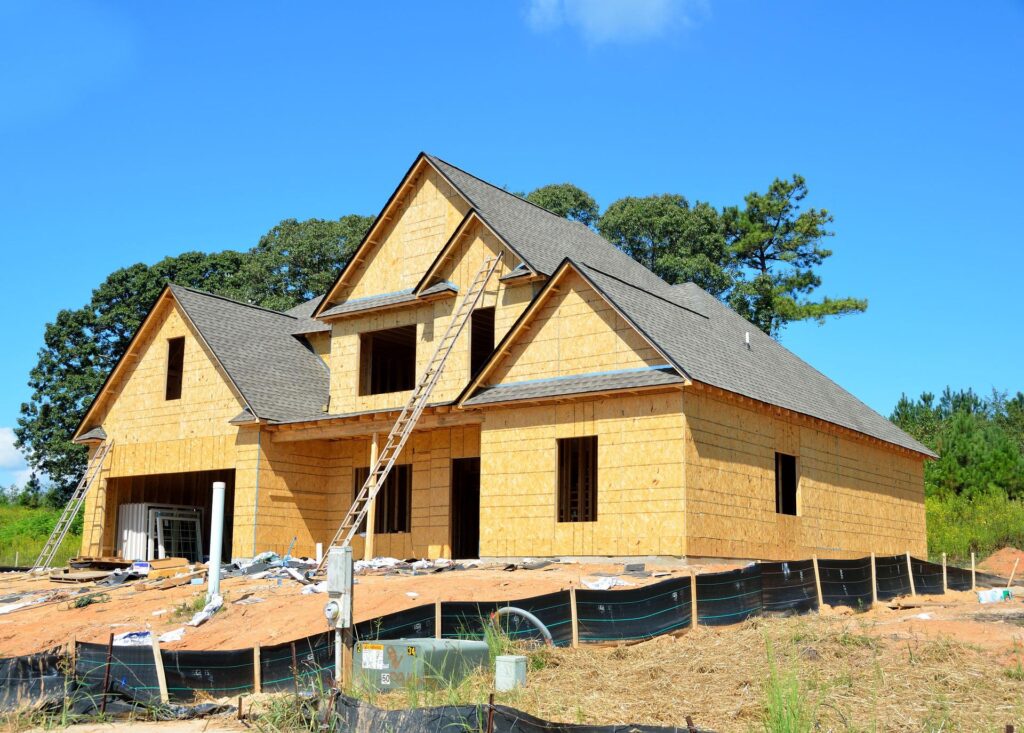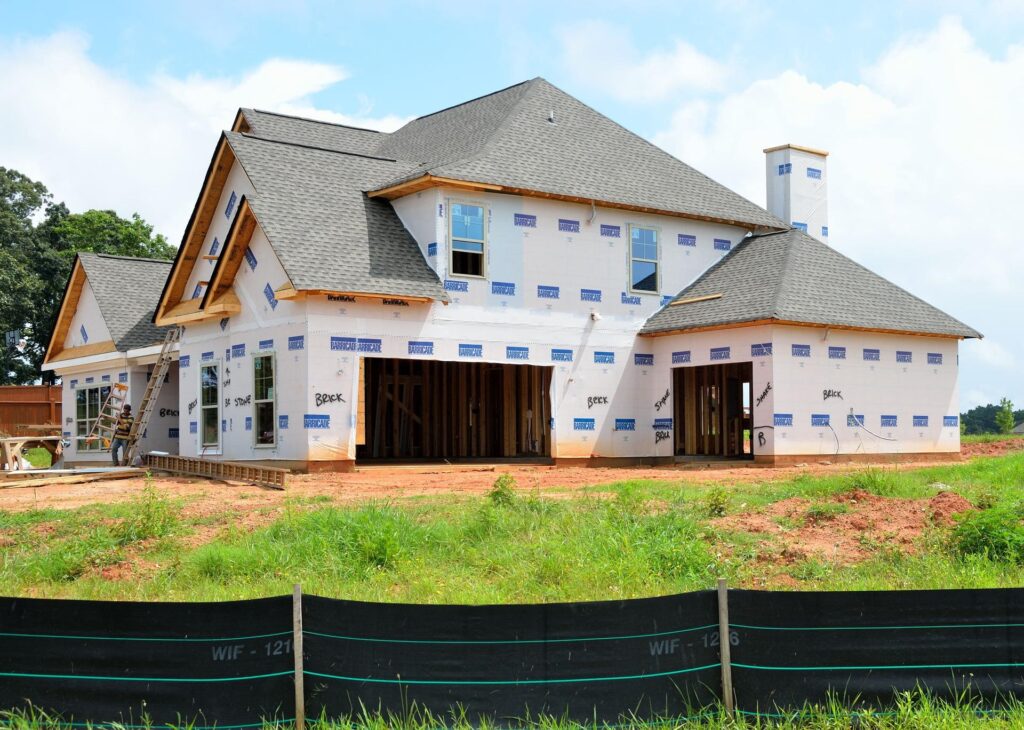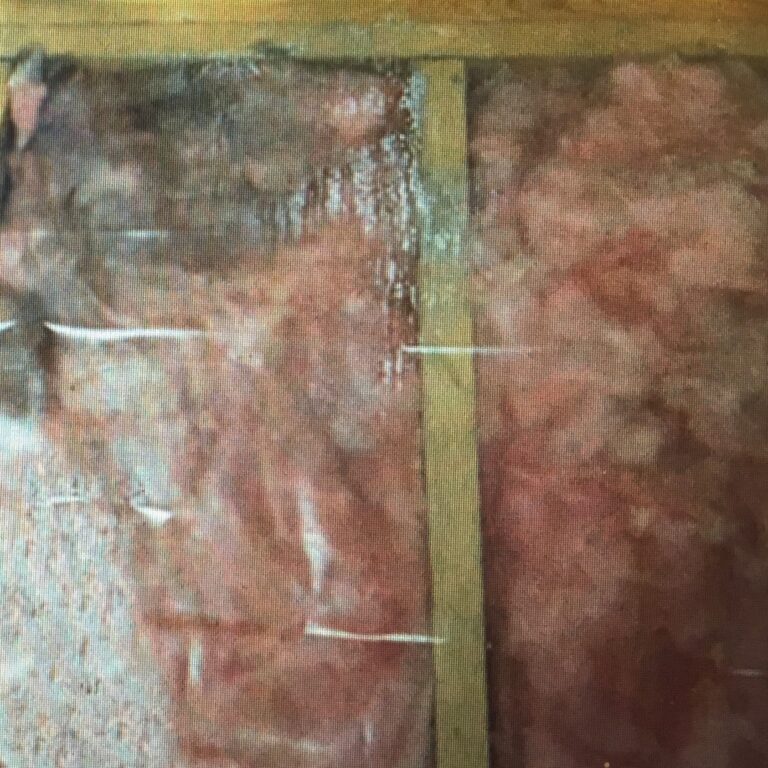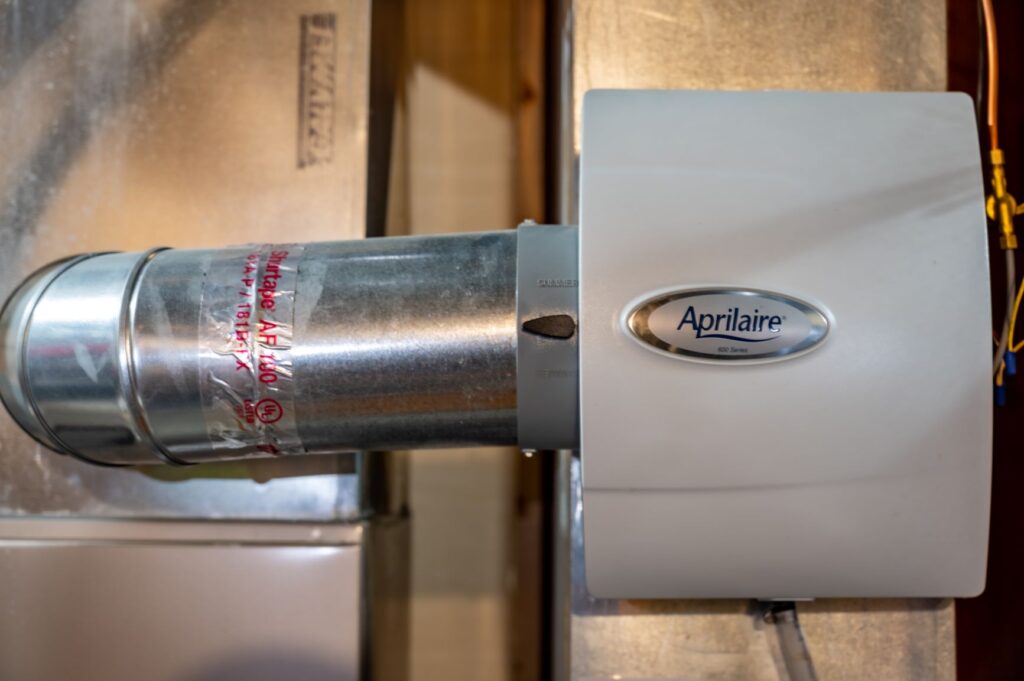Do You Have Mold ?
Probably; mold spores are everywhere!
The problem is, homes are often built in a manner that proliferates mold,
by providing places for water vapor to condense and accumulate.
Common Construction Practice Can Cause Mold
In the 1970's and before, builders primarily used a fiber board, often called buffalo board, for the exterior sheathing of homes. The energy crisis pushed builders to use foam sheathing in the 80's, but foam has no strength, so they had to rely on metal straps to hold the walls square. Then came OSB, oriented strand board, which was strong, and eliminated the need for bracing.
The problem is, OSB has less than half the R-value that fiber board has, which means the interior surface of the exterior wall sheathing is going to be colder and the accumulation of condensing water vapor will occur much more often. Add to that the use of air barriers, which reduces infiltration of dry air into the wall cavity and you have created the perfect environment for mold


To solve the problem, for North Dakota's climate zones, 6 & 7, the IECC Building Code mandated a minimum of R-5, continuous insulation, on the exterior surface of the wall, which would create the necessary thermal break and minimize the potential for mold.
Unfortunately, North Dakota code officials only considered the potential energy savings and decided that the cost was too much and return on investment was too long to justify. They must not have considered the cost of tearing a house apart for mold mitigation.

Insulating A Concrete Basement Wall With Fiberglass Is Risky!
NDSU and the University of Minnesota created this video that explains why fiberglass batt insulation should not be used to insulate a concrete foundation, which, unfortunately, is a common practice used in our area. Roger knew this in 1980 and he never, in the 34 years he built homes, used fiberglass to insulate the inside of a foundation wall.
The information, about insulating concrete foundations with fiberglass insulation starts at the 7:10 min/sec segment of the video.
Video quotes;
"this is a very risky insulation practice"
"typically, we wouldn't use a batt system"
"this is a very problematic wall"
A Concrete Foundation + Fiberglass Insulation
+ Water Vapor = Mold

Remodelers have been scraping moldy fiberglass off of foundations for years! It is a hidden defect, who looks in their walls? It makes little sense to use fiberglass insulation on basement foundations when there are so many documented problems associated with the practice.
There are no studies or expert opinions in support of the practice. Google; fiberglass & "insulate foundation", or variations of those keywords.
Should You Humidify?
The answer is maybe; we know that we need adequate humidity for comfort and health and too little humidity in a home causes the occupants to be more susceptible to contracting illnesses in and outside of the home; i.e. work, school or daycare.
Unfortunately, by adding humidity, we are also providing water vapor that could provide a source of moisture needed for mold to colonize and bloom, dispersing mold spores throughout the home.
In consideration of this, home construction practices that protect the areas vulnerable to sustaining mold need to be adhered to so that humidity can be maintained at an optimum level for comfort and health, without creating a mold problem.
Humidifiers are inexpensive, however, most spec homes don't include one. When owners of homes that are built without the consideration of higher humidity install a humidifier, for their comfort and health, it is most probable that mold colonies will form.

